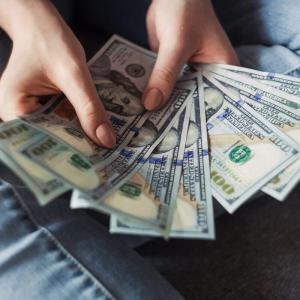
Israeli archaeologists on Tuesday exhibited a scarce and “remarkably very well preserved” Roman-era bronze coin dating back again 1,850 a long time, depicting the moon goddess Luna, the initial these kinds of obtain in Israeli waters.
The coin minted in Alexandria in current-working day Egypt featuring the zodiac indication Cancer down below Luna and the era’s Roman emperor, Antoninus Pius, on the other facet, was learned by archaeologists with the Israel Antiquities Authority during explorations off Haifa in northern Israel.
It is dated “12 months 8,” referring to the eighth 12 months of Antoninus Pius’s rule, which ran from 138 to 161, aspect of an period acknowledged as Pax Romana, when there was relative peace all over the Roman Empire.
The coin is element of a sequence of 13 — specimens of which have been learned elsewhere in the entire world — depicting the 12 signs of the zodiac and a different the comprehensive zodiac wheel, the IAA mentioned.
“This is the initially time these types of a coin has been learned off Israel’s coast,” Jacob Sharvit, head of the IAA’s maritime archaeology unit, explained in a statement.
“These finds, which ended up shed at sea and disappeared from sight for hundreds and countless numbers of decades, have been remarkably perfectly preserved some are really uncommon and their discovery completes elements of the historical puzzle of the country’s past,” he extra.
Sharvit informed AFP that the Luna piece was observed among the a “compact hoard” of other cash and the conditions of the discover indicated there experienced been a shipwreck nearby.
Very last 12 months, Israeli researchers exhibited third-century Roman cash and a Roman-era golden ring with an early Christian image for Jesus inscribed in its gemstone, discovered in a shipwreck off the historic port of Caesarea.
IAA’s Basic Director, Eli Eskosido, claimed in a statement Monday that in the final decade, “Israel has improved its notion of the sea.”
“Fairly than just defining the country’s border, the sea is now identified as an integral section of our cultural heritage,” Eskosido said. “The maritime survey close to Haifa is part of this course of action, and the scarce coin recovered is a vivid reminder of its cultural worth.”




